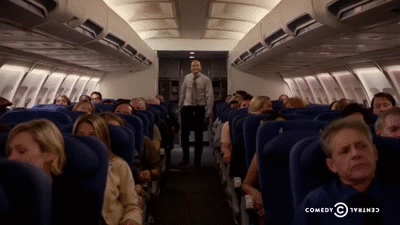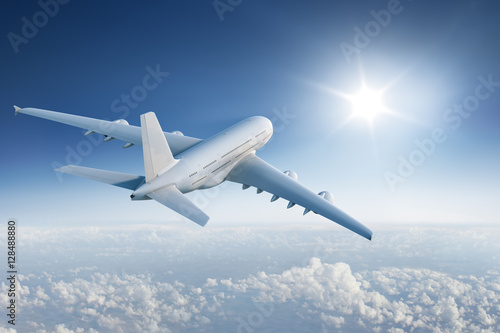Ok... I am still on break so y'all didn't see this or read this... 


 (but I just had to answer the question since it is my favorite topic..)
(but I just had to answer the question since it is my favorite topic..) 
1... Don't be afraid of turbulence. All modern airliners are required to withstand at least 2 g's of turbulence and they can actually withstand more, except anything over 2 g's requires an inspection after the plane lands. Fighter planes can withstand 7 G's!
Two G's means twice the force of gravity. When you are sitting in a plane, you are experiencing 1 G. Two g's is a force great enough to make you weigh twice your weight against your seat.... so if you are a woman and weigh 120lbs, it is enough force to make you exert 240 lbs of pressure against your seat.
2... All plane crashes are caused by a series of negative events. If only one thing goes wrong, a plane will not crash. For example, in the Air France flight 447 crash here were the events:
- plane entered big violent storm instead of going around it (pilot's bad judgement)
- the freak storm contained supercooled water which causes instant ice and freezing
- the plane's exterior pitot tubes filled with ice so the plane's autopilot and computer started freaking out
- the pilots had to turn off the autopilot and fly by hand
- the plane climbed so high to avoid the storm that it was in air too thin and it stalled (became too slow to fly and started to fall)
- the pilot at the controls did not understand how to correct for a stall and did the opposite of what he should have done (inadequate training at Air France)
- the chief pilot was taking a break in the crew quarters when all this was happening
- by the time the chief pilot came into the cockpit to see what was wrong, the plane was in a deep unrecoverable stall
- the chief pilot confirmed that the copilot had been doing the opposite of what he should have been doing, just before the plane crashed into the ocean.
3.... All airliners can fly without engine power. An engine failure is not a problem for airliners. Even if they lose all engine power they can still glide to the nearest airport. That is one of the reasons why they fly so high... AND the pilots always plan the flight route so that they always have an alternate emergency airport nearby. The only exception is trans-oceanic flights of course... but those planes are required to have special equipment and certification called ETOPS (extended-range twin engine operations), unless they have 4 engines like a 747 or A380.
So you see... flying is much safer than people think it is. Its only scary if you watch too many plane crashes on the news or on youtube...

 I was thinking of my family way back home
I was thinking of my family way back home 
 I remember the last time I flew leaving Philippines was a bit scary
I remember the last time I flew leaving Philippines was a bit scary  the airplane was so shaky that I thought it was going to crash uggghhh but It doesn't stop me from flying because there is no other way I can go home but through flying
the airplane was so shaky that I thought it was going to crash uggghhh but It doesn't stop me from flying because there is no other way I can go home but through flying 
 at night when the plane is about to touch down you can see the beautiful lights, the cars,the roads, the houses,the trees it is beyond beautiful
at night when the plane is about to touch down you can see the beautiful lights, the cars,the roads, the houses,the trees it is beyond beautiful  so peaceful from above ❤
so peaceful from above ❤











